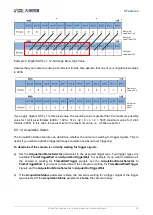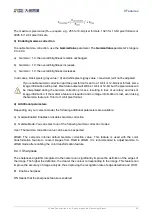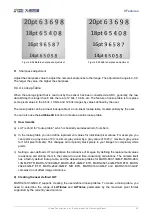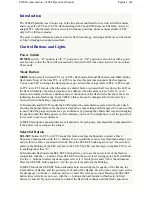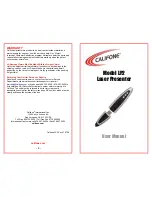
8.Features
© China Daheng Group, Inc. Beijing Image Vision Technology Branch 81
8.3.13. Digital Shift
The Digital Shift can multiply the pixel values by 2
n
of the images.
This increases the brightness of the image. If your camera doesn't support the digital shift feature, you can
use the Gain feature to achieve a similar effect.
How Digital Shift Works
Configuring a digital shift factor of n results in a logical left shift by n on all pixel values. This has the effect
of multiplying all pixel values by 2
n
.
If the resulting pixel value is greater than the maximum value possible for the current pixel format (e.g.,
255 for an 8-bit pixel format, 1023 for a 10-bit pixel format, and 4095 for a 12-bit pixel format), the value is
set to the maximum value.
Configuring Digital Shift
To configure the digital shift factor, enter the expected value for the
DigitalShift
parameter.
By default, the parameter is set to 0, i.e., digital shift is disabled. When the
DigitalShift
parameter is set
to 1, the camera will shift the pixel value to the left by 1 bit. When the
DigitalShift
parameter is set to 2,
the camera will shift the pixel value to the left by 2 bits.
Considerations When Using Digital Shift
Example 1: Digital Shift by 1, 12-Bit Image Data
Raw pi xel
value: 22
Shift pi xel
value: 44
The least significant bit in each 12-bit image data is set to 0.
Example 2: Digital Shift by 2, 8-bit Image Data
Assume that your camera has a maximum pixel bit depth of 12-bit, but is currently using an 8-bit pixel
format. In this case, the camera first performs the digital shift calculation on the 12-bit image data. Then,
the camera transmits the 8 most significant bits.
















